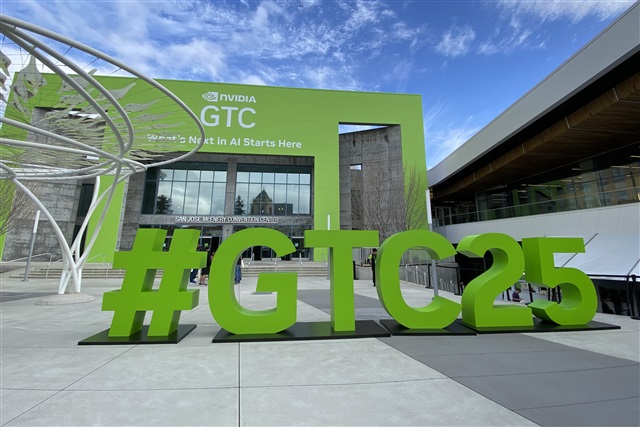By focusing on the low-end Google is aiming to increase its addressable mobile market by 60% or more.
- An update to Android was missing in action at Google I/O in May but it looks like this will be forthcoming this autumn.
- One of the biggest problems that Android 4 faces at the moment is its ability to be downscaled into the low end.
- The software requires at least dual core hardware and around 1GB of RAM to run properly which remains way above many low-end specifications today.
- The result is that 36.5% of all Android devices that access Google services are being made with Gingerbread (Android 2.3) (see here) rather than the latest and greatest software.
- Those wanting to make cheap devices have little option but to use this very old software which gives a substantially worse user experience than more recent versions.
- This is why Gingerbread is not disappearing despite newer and better software being available for over 18 months.
- These numbers do not take into account devices that are not compliant with Google (China and other software forks) and including these I suspect the number would be even higher.
- It is in Google’s interest to get low end users onto a later version of Android so the user experience can be improved and more users can get proper access to the Google ecosystem.
- Without this upgrade, I estimate that of the 892m Android phones in the hands of users at the end of this year, Google will have access to only 288m (32%). (see here)
- This is why I suspect that the focus of Android 5.0 (Key Lime Pie) will be to remove the hardware restrictions and allow low-end devices to get access to the latest Google services.
- Google will continue to headline with the 1bn user figure but in reality it is only has access to, and is making money from 288m.
- Hence, it has a strong incentive to enable low-end users to have decent access to Google services, as it looks to me like its penetration of services into its own OS remains very poor.
- This is why the update is likely to focus on the low-end and will not be packed with fancy new features.
- I suspect that this will be perceived by most commentators as a deadly dull update and not worthy of much attention but it could have the effect of increasing the number of users to which Google has a proper offering by 68%.
- If I assume that all Android 2.3 devices are replaced with Android 5.0 devices then Google’s addressable market increases from 288m at the end of 2013 to 484m (an increase of 68%).
- This is why Android 5.0, while perceived as deadly dull, could be the most important update we have seen for some time.
- There is no sign of improvements or changes to the user experience, which means that the issues of usability and loyalty (see here) will remain unchanged.
- Hence, Android’s competitors still have a chance to attack it on its usability but they need to act soon as Android’s appeal may soon improve markedly at the low end.








OpenAI – Binary decision
28 March 2025